There is a perennial attraction in personality tests. And you can use them to learn more than just what sandwich or which colour a famous person likes. You can use them to help you write and to develop fictional characters.
Personality
The personality questionnaire is a mainstay of newspaper lifestyle sections and media magazines: People in the news, or with established reputations in various fields, answer a series of pre-established questions. In other interviews, the interviewees are often asked questions that relate to their work, their fame or their interests. What makes the personality questionnaire different is that the questions are the same regardless of interviewee. The audience can (if they choose) compare the responses one person makes with those made by another to the same questions. Or compare them with how they believe they would answer themselves.
In the USA, Vanity Fair publishes a version, in Britain it’s The Guardian’s “Q+A”. In Canada, Wikipedia tells me, a “version of the questionnaire, as answered by various Canadian authors, is a regular feature on the radio program The Next Chapter.” Versions of the questionnaire have featured in James Lipton’s Inside the Actor’s Studio TV series, but he was supposedly turned on to it by Bernard Pivot’s popular 1970s and 80s French TV panel show Apostrophes.
The questions (in The Guardian and Vanity Fair) run the gamut from What is your idea of perfect happiness? and What is your greatest fear? by way of What or who is the greatest love of your life? and Who is your celebrity crush? all the way to Tell us a secret? and How would you like to die?
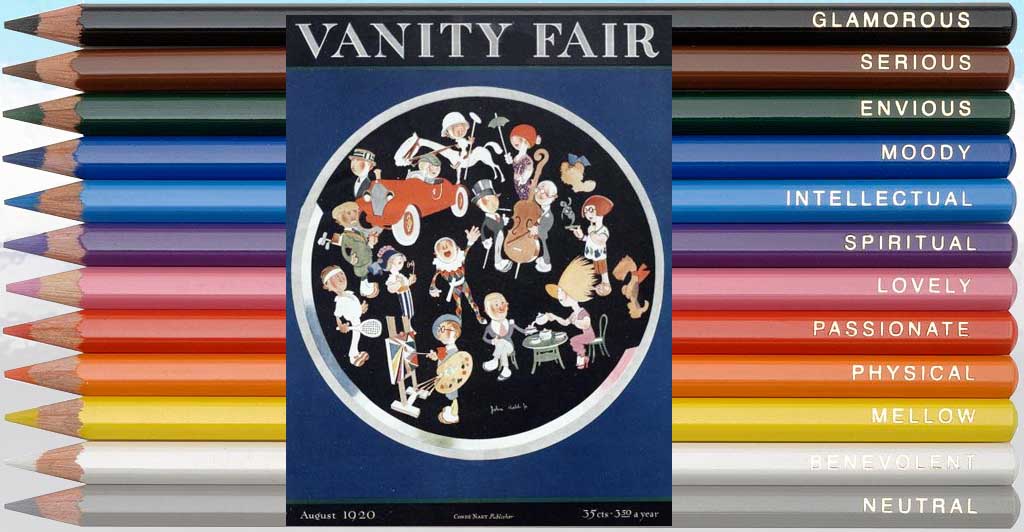
Parody
The format is so well established that it’s wide open to parody. For example, the comedian and political commentator Steven Colbert runs an occasional Colbert Questionert [sic]. In this, he asks his interviewees “15 questions to cover the full spectrum of human experience”, from (Q1) Best sandwich? to (Q15) Describe the rest of your life in 5 words. At the end of the Colbert Questionert, the interviewee is told that now “you are Known.”
Of course, nobody is Known from their answers to any of these questions. But the answers they give, and the way in which they answer them, does give the audience a glimpse of the interviewee’s personality. And it may be different from the one they otherwise project.
Proust
The origin of these questionnaires is often given as French author Marcel Proust. (Vanity Fair’s questionnaire is called The Proust Questionnaire.) But this is only because Proust’s written answers to similar questions survived to be published after he became famous. In fact “confession albums” were sufficiently commonplace in the homes of the literate middle class in the mid 1800s for a number of well-known autograph responses to questions to have survived. In 1866, the 14-year-old Proust wrote that his favourite occupation was Reading, daydreaming, writing verse, history, theater. A year earlier, in 1865, Karl Marx, then 45, replied to the same question: bookworming.
You can read more about the history of the Proust Questionnaire in this article published in 2016 in The New Yorker magazine.
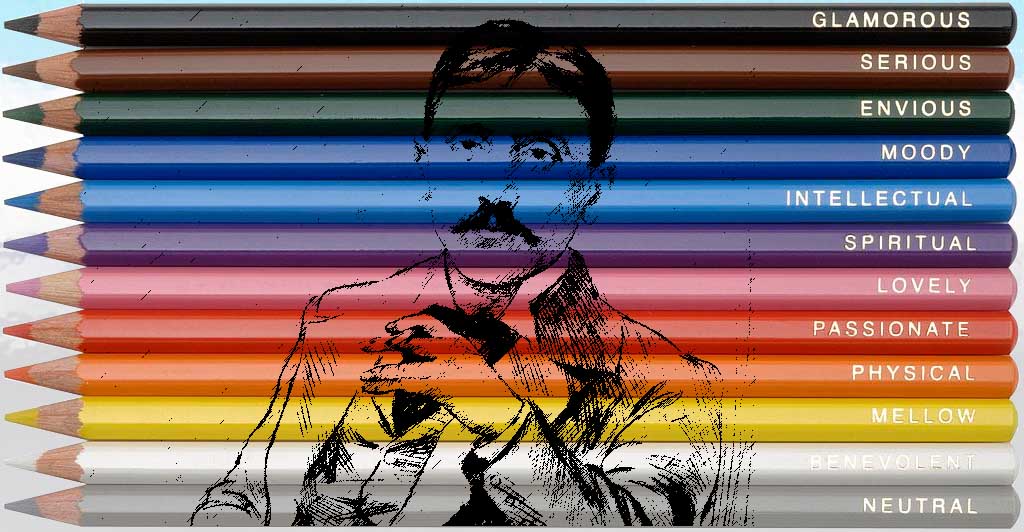
Pages
As I described in Morning Pages in the Quarry Store, I try to write morning pages more or less regularly. Last summer, quite soon after I started (and as I found myself running into difficulties), I cast around for something to prompt me. One of the first things I tried was a variation on the Proust Questionnaire.
On-line, I collected as many different questions as I could find from the different questionnaires (including the Colbert Questionert). I wrote the questions out each one on a separate piece of paper, folded them up and put them into a large jar. Every morning after that, whenever I ran into a free-writing block, I would shake up the jar and pull out a question. It usually gave me the motivation to write a page or so.
The more I did it, the more I found myself wondering how one or other of my characters might answer the same question. So I tried asking them. It was fascinating to imagine their answers, and I realised this was another way into character development.
Psyche
A quick Internet search reveals I am not by any means the first to discover this. But that doesn’t invalidate it as a technique. I continue to ask my characters personality questions. I’ve even got them to complete on-line psychological assessments. It’s marvelous what they reveal to me about themselves as I channel them responding against the clock to the questions of the Big Five Personality Test (for example).
If you’ve not tried this technique, I warmly recommend it. And if you have, what’s your experience? Do share!
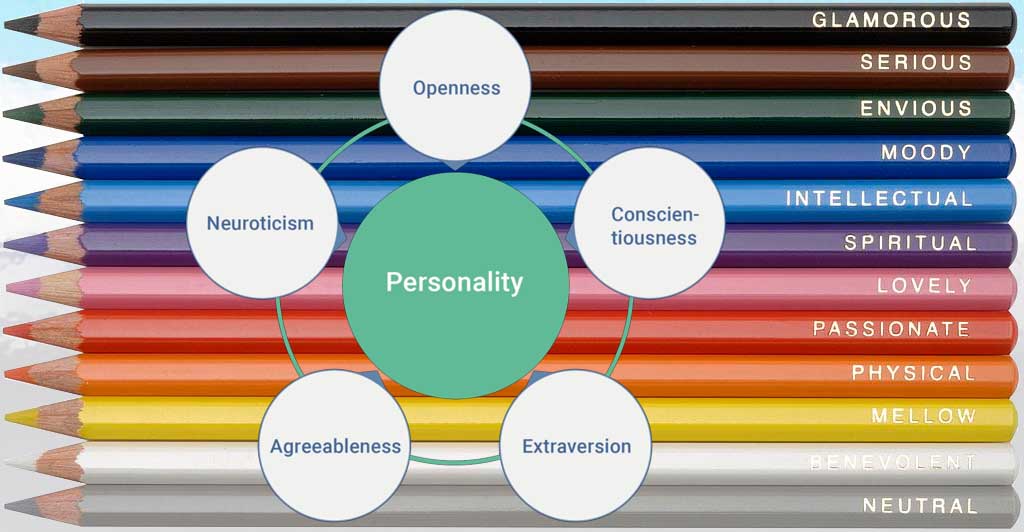
Notes
The original images I used in the composite illustrations for this post all come from Wikimedia Commons. The cover of Vanity Fair (August, 1920) Wikimedia says is Public domain. Likewise the sketch portrait of Marcel Proust by André Szekely de Doba. The graphic showing the Big Five personality types was made by Anna Tunikova for peats.de and wikipedia and is CC BY 4.0, via Wikimedia Commons. The background image of Pencils with Personality is by damianosullivan and is CC BY-SA 3.0 , via Wikimedia Commons.

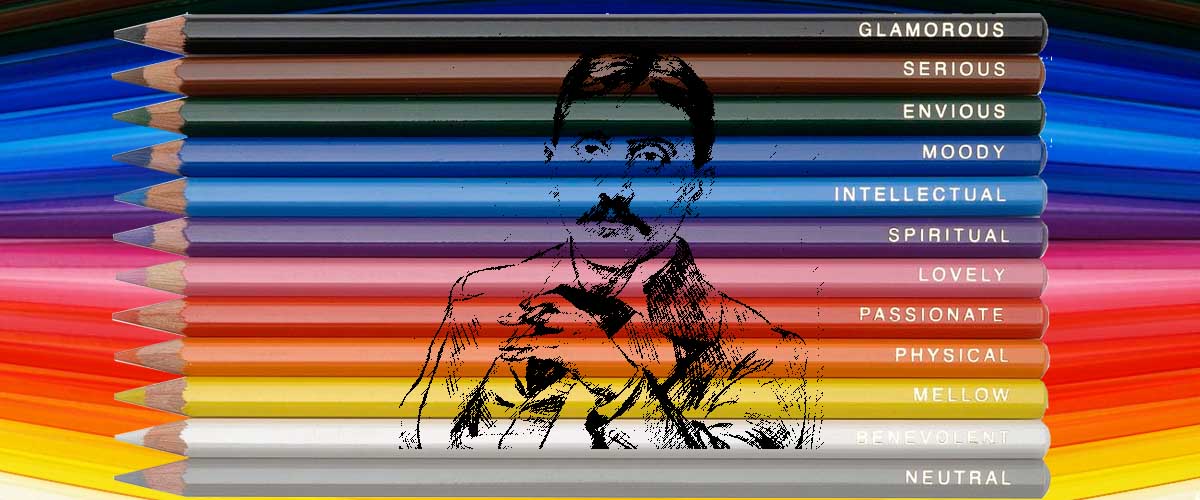
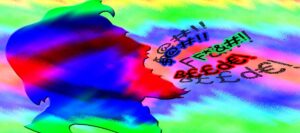


Thank you for this John. Inspiring. A keeper. I remember when personality tests were on the back of cereal packets too. That was in my early writing days and I kept that test tucked inside my daily writing folder.
Ah, yes! Back of the cereal packet. I remember those.
🙂